Yesterday's hardware is on the comeback trail
With innovation in the mire, manufacturers are increasingly turning to throwbacks to power future successes
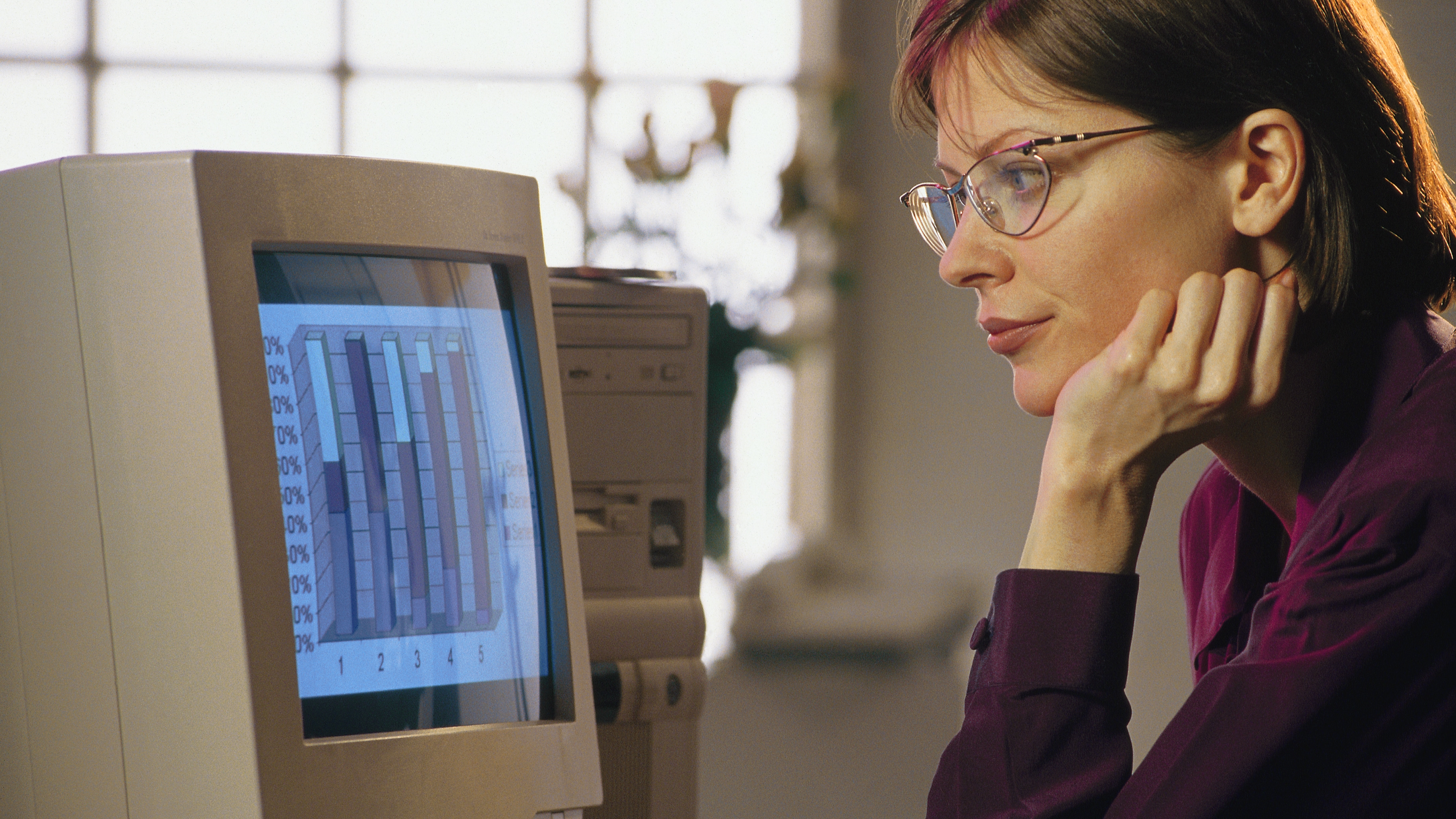

Turning to the past can be a funny way of inspiring future innovations, especially in a fast-moving industry such as technology. Indeed, the search for ways to contend with Moore’s Law will not be found in boxy monitors and content cartridges.
Trends and technologies from times gone by can obviously have a resurgence. The revival of vinyl records over the past decade is a classic example of a technology many had feared lost in the digital revolution making a comeback.
In the mobile world, one of the stories of 2017 was the revival of the Nokia 3310 – a classic analogue handset synonymous with the 2000s. This feature phone, designed to appeal to those hoping for a digital detox, or simply needing a backup handset, shifted approximately 13.5 million units worldwide in the third quarter of 2017 alone.
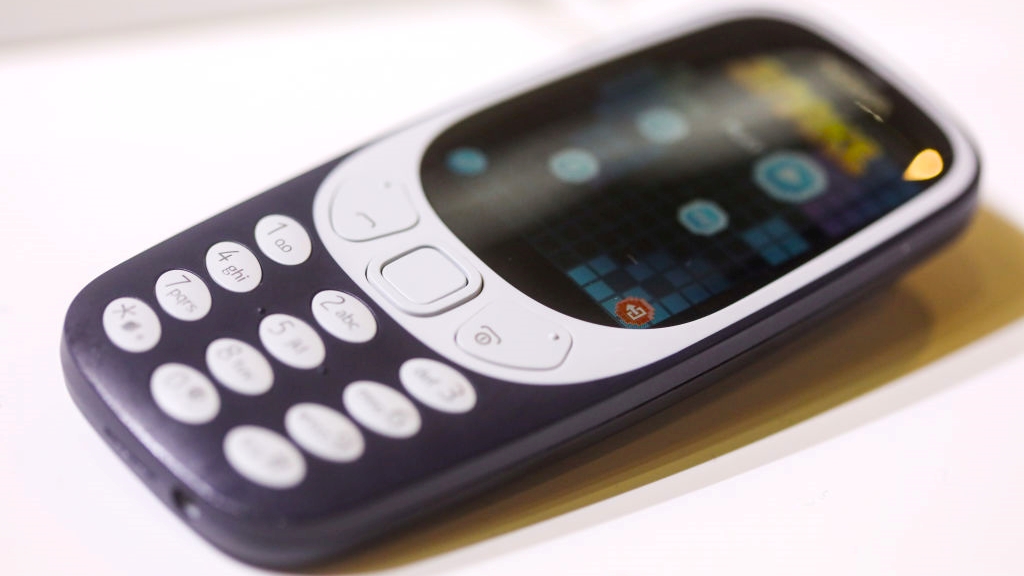
The Nokia 3310 was relaunched in 2017 at a purchase price of £50
This overwhelming positive reception would inspire Nokia’s parent company, HMD Global, to revive modern versions of other classic devices, including the 8810 (also known as ‘Banana Phone’), 210 and 2720 Flip amongst others. With a dearth of innovation currently plaguing the market, manufacturers are pushing nostalgia to its limits.
Future nostalgia
Such success is great evidence of leveraging ‘glory days’ to make a device more appealing, especially considering more than 120 million units of the original Nokia 3310 were sold. The popularity of an original product paves the way for businesses to “wield nostalgia” to gain sales, principal analyst at Canalys, Ben Stanton, tells IT Pro.
“The number of people a brand can touch, just by having a new version of an old device in the media, is huge as it throws the brand into the limelight and touches on some of that positive sentiment people have. The newer Nokia 3310 laid the groundwork for the Razr and several design elements in that respect.
Get the ITPro daily newsletter
Sign up today and you will receive a free copy of our Future Focus 2025 report - the leading guidance on AI, cybersecurity and other IT challenges as per 700+ senior executives
“We're getting to a stage in the smartphone era where I can see companies that might try to play on that nostalgia. If Apple were to launch a revamped version of the original iPhone, with an updated iOS and a decent battery life, the device would sell to collectors and people that like a retro or nostalgic feel. You even see influencers and celebrities moving away from new technologies like wireless earbuds and going back to wired headphones, because it's the retro, 90s look, which is coming back not just in devices, but in fashion as well.”
Smart casual
The idea of fashionable tech is also one that extends to business. It may not be applied in the same way and, fear not, nobody is predicting a return of the Compaq Deskpro. Computer design, however, is important in the modern enterprise environment.
Last year, for instance, Apple launched new iMacs that burst out of the silver box to be widely available in vibrant colours that can’t help but remind us of the original iMac. It’s an example of how Apple understands the way it slots into its customers’ lifestyles, says head of commercial for broadband and mobiles at uSwitch, Ernest Doku.
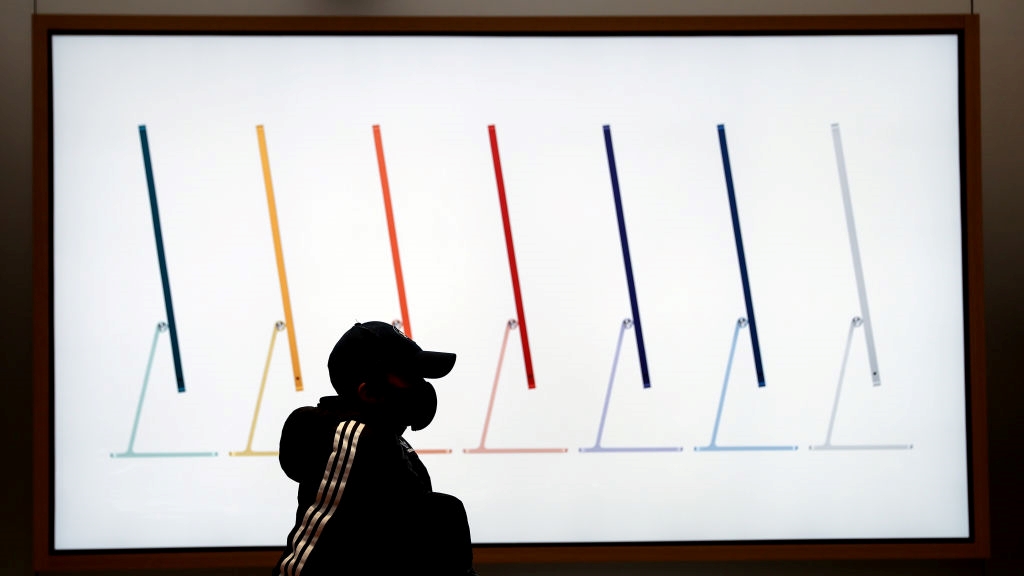
The colourful 2021 iMacs tapped into distant memories of the iMac G3
“Apple offers shades of their colourful and striking looks in modern all-in-one iMac computers, which continues their ability to break into the mainstream, where nearly every desktop PC in a 90s movie or TV show was one of their attractive unibody efforts.
“There remains a desire for consumers and enterprises alike to have devices which fit into their lifestyle and brand ethos, but with a move to remote working, there has certainly been a rise in the desire for simple, utilitarian design as much as nostalgic appeal.”
Recipe for success
RELATED RESOURCE
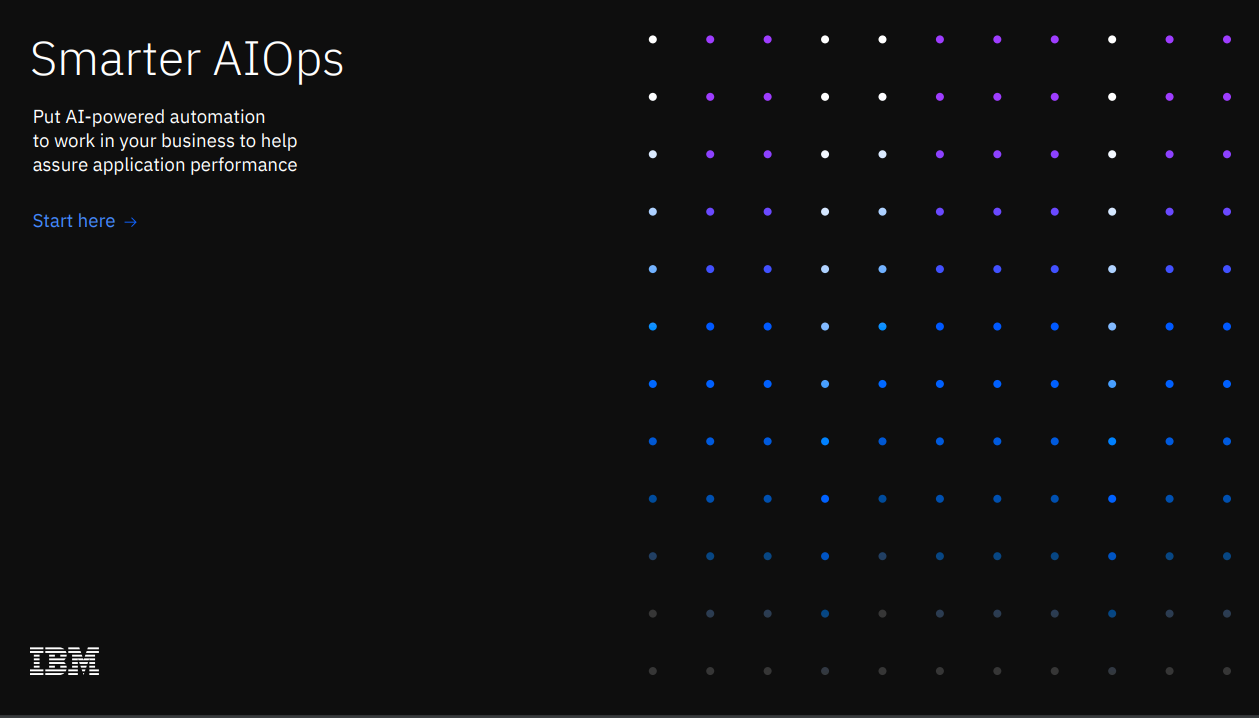
There are limits to how much a nostalgic take on a modern design can inspire sales. One key example of this is the Motorola Razr – the 2019 revival of the market-dominating flip phone.
With meaningful competition in the foldable space only coming from Samsung at the time, the Razr may well have been on a hiding to nothing in the first place. Reviewers, though, were critical of its camera quality, the lack of fast charge or wireless charging, and no water and dust resistance, despite a $1,500 price point.
“Motorola is a brand heavily trading on a historic fondness, marrying the clamshell form factor of the Razr with its latest folding phones, complete with an option to mirror the original physical keyboard and menus on the touchscreen,” Doku says.
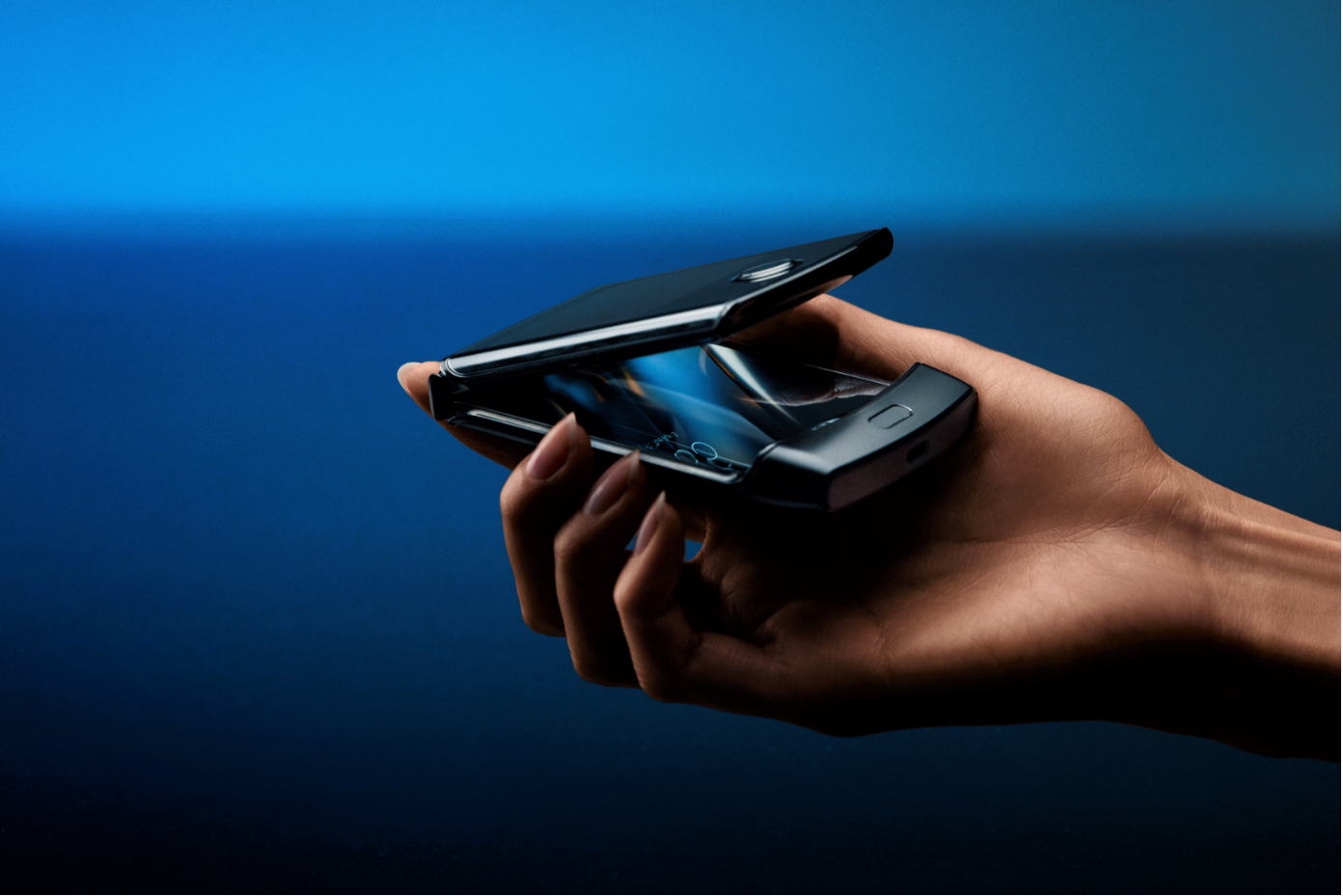
The Razr revival was highly anticipated but fell flat in terms of functionality
“While subsequent iterations of the Razr strive to solve some of the critical feedback, it showed that getting that nostalgic device's core functionality correct is key for sustained success for Motorola, and brands in general. These devices are an indication that nostalgia only goes so far, and consumers are still eager to enjoy modern functionality in tandem with retro stylings.
“All of the most successful efforts have been able to merge the two – beautiful looks while retaining all of the core functionality that’s needed today. There's a reason why efforts to bring back T9 texting and pagers have ultimately been less successful than those bringing an early 2000s feel but with features grounded in 2022.”
Another brick in the wall
Designs inspired by years gone by, Stanton counters, can get in the way of innovation. Round smartwatch displays, for example, largely come at the “expense of the applications used on that watch”, he says, adding various demographic challenges arise if you fixate on the past.
“There are some demographics that have no interaction with brands like Nokia and Motorola,” he says. “Anyone below the age of about 18 has probably never come into contact with one of the glory devices, and these brands are specifically creating initiatives to target younger people.”
These brands, he continues, might encounter a demographic black hole of people who aren’t tech-savvy and don’t really care much about technology. Ironically, therefore, retro designs appeal more to customers who buy flagship devices, and may only get a ‘brick phone’ like the Nokia 3310 on the side as a second device.
While nostalgia may be a powerful marketing tool, it doesn’t mean tapping into this force will render your business successful, Stanton concludes. “These brands need a very strong portfolio of products in the modern day to back up that marketing play.
"BlackBerry is the perfect example of a company that was leaning on nostalgia greatly, and never had the product to back it up. Likewise, with Motorola and Nokia, the vast majority of their sales don’t come in the categories we've talked about, so even if they can steer people onto the brand, they still have to execute.”
Elliot Mulley-Goodbarne is a freelance journalist and content writer with six years of experience writing for B2B technology publications, notably Mobile News and Comms Business. He specialises in mobile, business strategy, and cloud technologies, with interests in environmental impacts, innovation, and competition. You can follow Elliot on Twitter and Instagram.
-
 Third time lucky? Microsoft finally begins roll-out of controversial Recall feature
Third time lucky? Microsoft finally begins roll-out of controversial Recall featureNews The Windows Recall feature has been plagued by setbacks and backlash from security professionals
By Emma Woollacott Published
-
 The UK government wants quantum technology out of the lab and in the hands of enterprises
The UK government wants quantum technology out of the lab and in the hands of enterprisesNews The UK government has unveiled plans to invest £121 million in quantum computing projects in an effort to drive real-world applications and adoption rates.
By Emma Woollacott Published